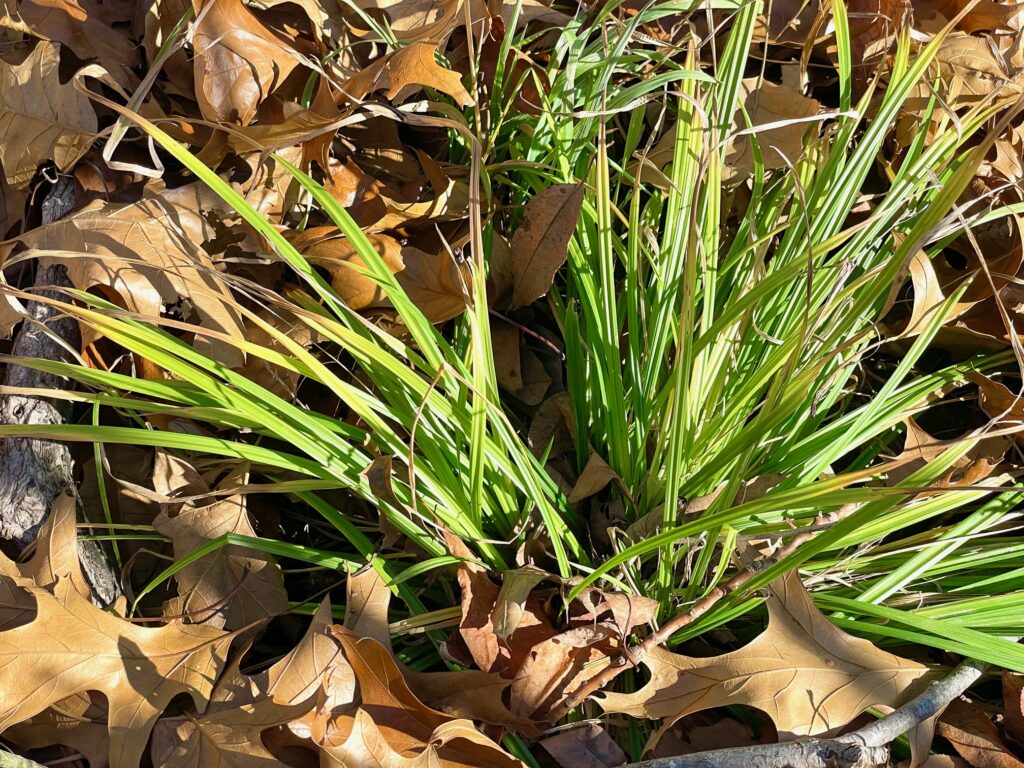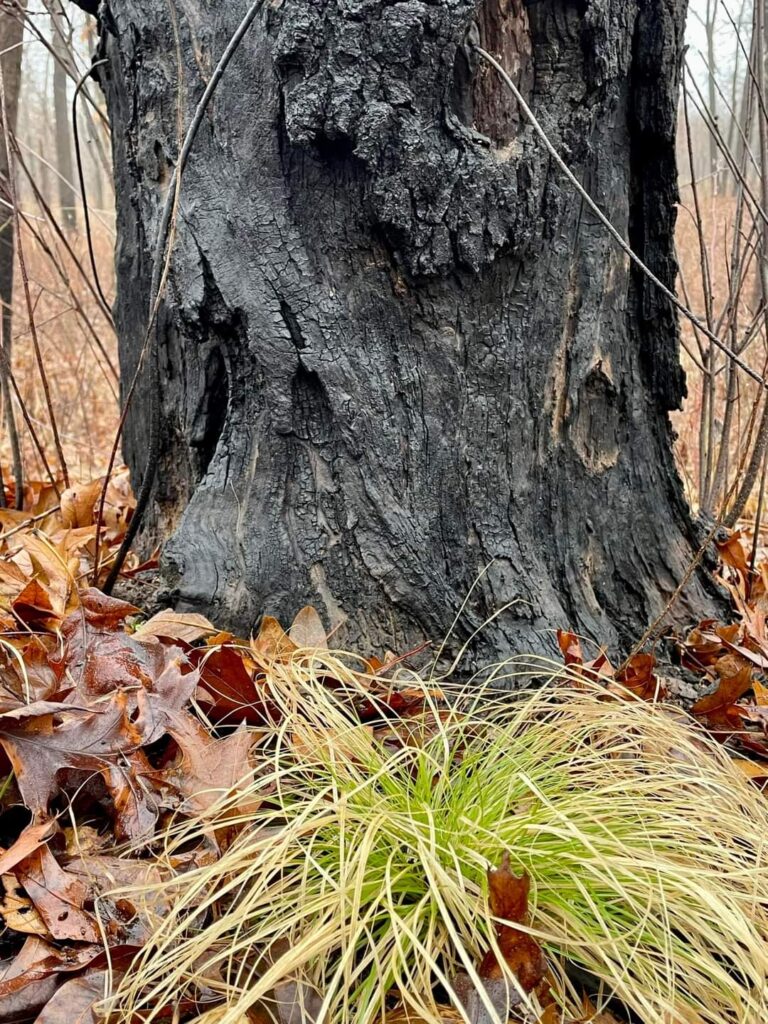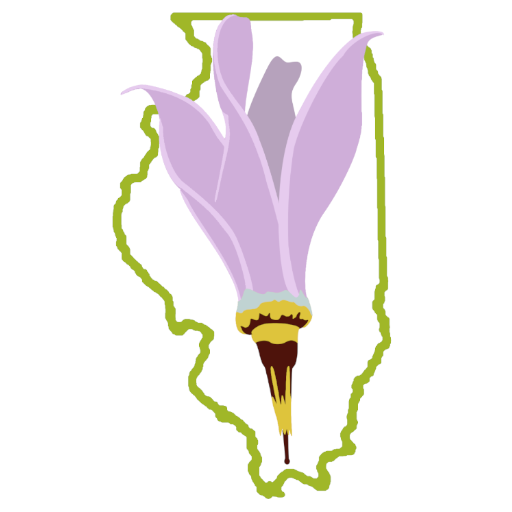Plant Profile: Sedges (have edges…)

It has been said that it is ‘the little things that make the world go round’. The renowned author E. O. Wilson had ants and beetles in mind. But it could also be said for sedges. They are a group of grass like plants, also referred to as graminoids, about which most of us know very little. Well, if you delve into them a bit they are actually quite fascinating. I know a few, but overall, they have been an enigma for me from childhood on and often to this day. Even caricologists, expert taxonomists, struggle with their identification at times. More about that later.
True sedges belong to the Carex family. There are nearly 2,000 species worldwide, 500 in North America and some 150 in Illinois alone. Most prefer the cooler climates, especially in the northern hemisphere. I think we have some 32 species here in the relatively small Shoal Creek Conservation Area. That is a lot.

Carex are divided into many groupings or subsections, based primarily on flowers and fruit. A few of these groups are wetland species and have sequestered a lot of carbon over the millennia; twice as much as all existing forests today! Our Illinois black prairie soils probably owe as much to this group as the better-known grasses. After all our prairie soils were rather famously wet before widespread drainage. Sedge peat and Sphagnum peat are a big part of horticulture and most of us use a lot of it every year. That too has implications for climate issues.
Now for a wider picture. This humble group of plants has lately caught the interest of native plants afficionados for a wide variety of reasons; all good. Sedges vary a great deal in size and form. Some have interesting inflorescences. Others are grown for their many textures and as more environmentally friendly lawn substitutes. On much of that we are still in an experimental stage.

I will now share some personal observations.
Until recently and before the widespread use of herbicides, local railroad ditches were heavens for species like Carex hyalenolepis and several others. All are highly rhizomaceous. There was also Carex crus-corvi, a clump type. They were a chore to dig as they all had tremendous fibrous root systems. Even the much smaller C. praegracilis here made a dense tough sod. Let’s just think about the potential for erosion control. All of these and others are great in bioswales, raingardens and retention ponds; as a matter of fact, their use should be required. Their roots are said to be replaced on a three-year cycle. That potentially puts a lot of carbon in the ground every year. Most of these do well also in the average garden soil. But use them wisely. I have a patch of C. emoryi in my garden that is relentlessly spreading and increasingly difficult to deal with by these old bones. But I still love it; still looking for it though to flower and fruit!

In our oak woodlands there are 2 rhizomaceous species that I like to share with you. C. pensylvanica is already well known and makes a wonderful no-mow lawn in semi shade. So does C. meadii. It has bluish foliage, can take drier conditions and makes an even denser turf. They also go well with spring ephemerals such as Spring Beauty, Savanna Cream Stars, Yellow-eyed and Blue-eyed Grasses [not really grasses] and more. As you may guess, I am not fond of boring monocultures.

That’s why clump-type woodland sedges also deserve to be used more, such as C. albicans with its fine texture and nearly wintergreen foliage. It is often associated with a very similar looking species, C. umbellata. Whereas the former has long inflorescences by comparison, the latter are hidden in the tufts and often only an inch or two tall. Is it really umbellata? It is a dominant early sedge at the Route 66 Prairie, in full sun and sodic [high PH] soils. By comparison, the woodland soils have a very low Ph. Are they the same species? I see slight differences, but alas, I am no taxonomist, don’t even have the needed dissecting microscope. Associated with the two woodland species is another one! That has been identified by some, including a rather renowned caricologists as C. nigromarginata. I think all ours are just hybrids! But then, I am barely an amateur. So, what do I know. Didn’t I tell you that sedges are fascinating? Get acquainted with them at your favorite Native Plant Society sale. You will be glad you did.


